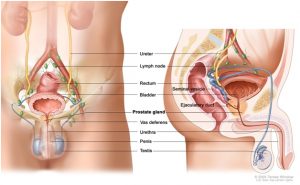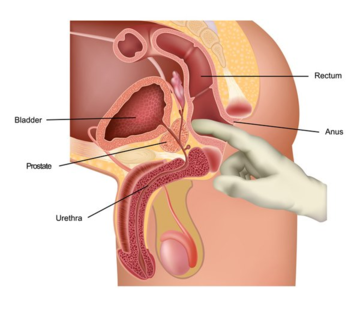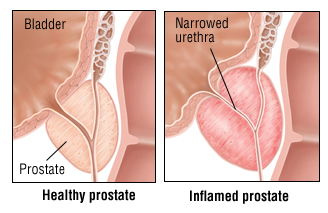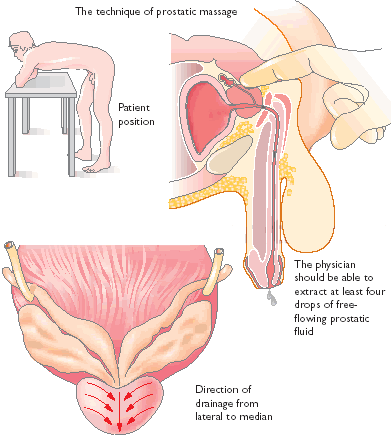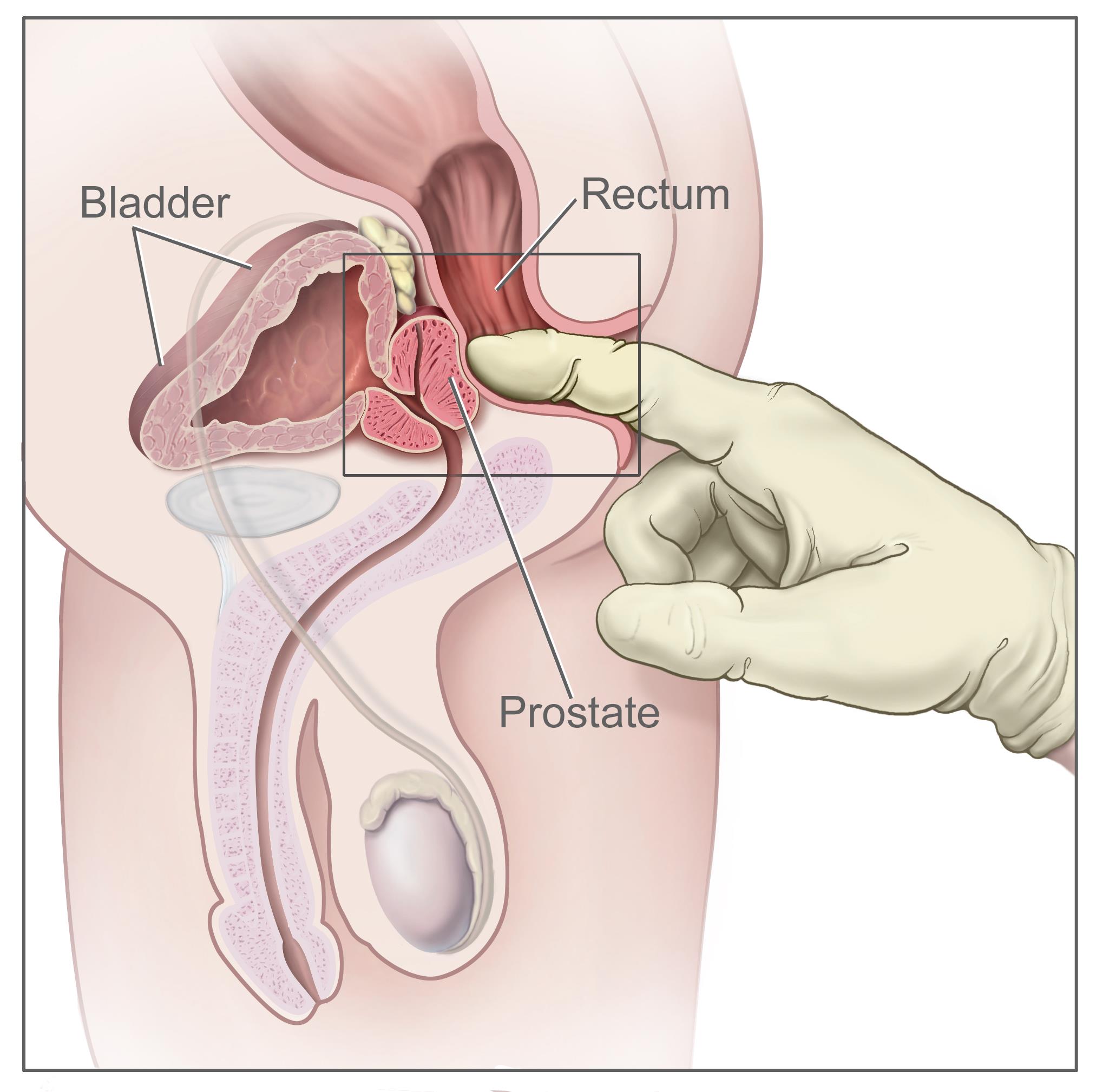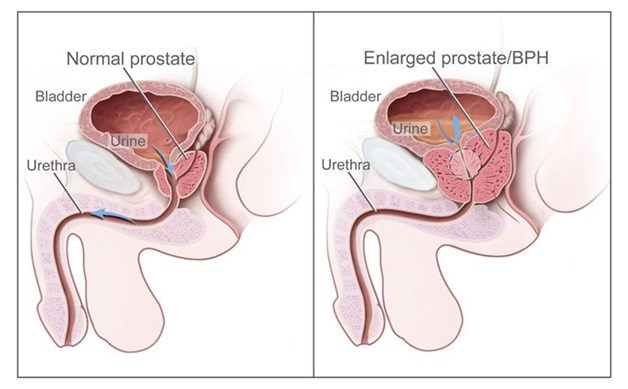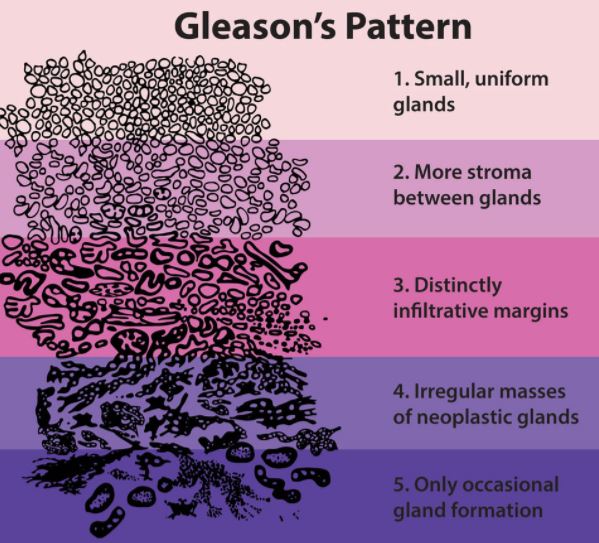Prostate Cancer Survival Rate
What You Should Know about Prostate Cancer Survival Rate
Cancer is generally a serious problem. It is the growth of malignant cells in the body. Prostate cancer is just like any other cancer but in this case, the malignant cells grow in the prostate. However, prostate cancer can spread to other parts of the body, a condition known as metastatic prostate cancer. The stage of the prostate cancer is often determined by the extent of the main tumor, the degree of spread, PSA level, and Gleason score. Prostate cancer survival rate estimate depends on the stage of the prostate cancer at the time of diagnosis. Several factors affect the survival rate estimate for prostate cancer, among these, including a change in technology, growth, and spread of cancer after diagnosis and so forth.
What Prostate Cancer Survival Rate Actually Means
A proper understanding of what prostate cancer survival rate actually means will help you to avoid some misconceptions often made by people. The survival rate of prostate cancer only tells the likelihood of getting a successful treatment for each stage of the prostate cancer.
The survival rate does not tell the entire story about prostate cancer. A lot of people diagnosed with prostate cancer are 70 years and above. Most of these people will die of some other diseases such as heart attack, stroke and so forth. In calculating prostate cancer survival rate, the number of people who die of other diseases is subtracted. This truncates the calculation and instead of talking about an absolute survival rate, we talk about relative survival rate.
The relative survival rate is calculated based on the stage of the prostate cancer. Suppose a specific stage of prostate cancer has a 5-year relative survival rate of 90%, it implies that 9 out of 10 of the sufferers, or 90%, will live 5 years after being diagnosed with the disease.
Prostate Cancer Stage and Survival Rate
As pointed out above, the stage of the prostate cancer is an important factor in determining the prostate cancer survival rate. There are various prostate cancer staging systems; one of the most popular is the American Joint Committee on Cancer (AJCC) TNT system. However, the system used in the SEER database by the National Cancer Institute (NCI) to group cancer does not follow the AJCC system but rather it classifies cancer into local, regional and distant stages. These stages give a clear indication of the survival rates as cancer spreads.
The Local Stage – When compared to the AJCC, the local stage stands for the stages I and II. At this stage, the prostate cancer has not spread far and wide. It is still localized in the prostate. Thus, the survival rate is very high. The 5-year survival rate for this stage of prostate cancer is very close to 100%.
The Regional Stage – This stage corresponds to the AJCC stage III and early part of stage IV. The prostate cancer might have spread beyond the prostate to some other parts of the body such as close to the lymph nodes. The prostate cancer survival rate for this stage of cancer is also close to 100%.
The Distant Stage – In the AJCC staging system, this stage corresponds to the latter part of stage IV. It represents a stage in which prostate cancer has spread way beyond the prostate. Metastatic prostate cancer occurs at this stage and cancer can spread to the bones, lymph nodes, organs and so forth. The 5-year survival rate for this stage of prostate cancer is as low as 29%.
Studies show that 50% of men with local prostate cancer will develop metastatic prostate cancer with time. The risk of developing metastatic prostate cancer is high especially when the cancer is not diagnosed on time. Early diagnosis will reduce the mortality rate by prostate cancer and increase the prostate cancer survival rate.
The survival rate given above is for a 5-year period but survival rate could also be given for 10 years and 15 years. For the local stage, the 5-year survival rate is about 99%, the 10-year survival rate is about 98%, and the 15-year survival rate is about 96%. The survival rate could lead to a confusing conclusion. It is simply an estimate and does not clearly represent the life event of the sufferer; most men live many years beyond the survival rates. The prostate cancer survival rate is subject to change. The figures are simply modeled using data collected from prostate cancer patients in the past. Of course, change in technology have clearly influenced prostate cancer treatment process and hence improved the survival rate.
Tips on Preventing and Managing Prostate Cancer
Prostate cancer is a very serious condition, but the good news is that it can be prevented. Localized prostate cancer may be treated using advanced technologies, especially when it is diagnosed early, but prevention is still the best way to go. The chances of developing prostate cancer increase by living unhealthy lifestyles. To reduce prostate cancer occurrence, you need to be mindful of your diet. Healthy prostate diets such as vegetables, fruits, and low-fat diets; healthy weight; regular exercises; rich sex life and so forth will help you prevent prostate cancer. If you feel you might develop prostate cancer due to your family history, you should talk to your doctor about the risk.
Furthermore, prostate cancer survival rate decreases significantly if it is diagnosed early enough. A regular medical checkup will help you diagnose prostate cancer early enough and therefore take proper action to treat it before it goes beyond the first stage. The prostate cancer can be found even before the symptoms appear. This is achieved through a digital rectal exam (DRE) or by testing the quantity of prostate-specific antigen (PSA) in the blood. Treatment of prostate cancer depends on a number of factors namely: the age and comorbidities of the patient (that is the patient’s life expectancy) and also the entire health status of the patient. The biological features of the malignant tissue which include its behavior and aggressiveness also determine the efficacy of the treatment process.

